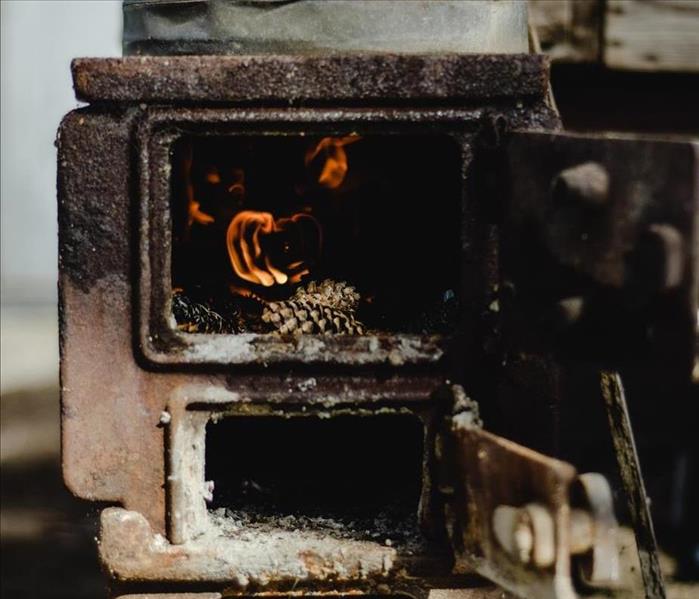How to Prevent a Chimney Fire
12/31/2020 (Permalink)
Many Annapolis homes suffer chimney fires every year. Chimney fires start for a variety of reasons: bird’s nest, creosote, or leaf debris. SERVPRO of Annapolis/Severna Park wants you to know how prevent a chimney fire as well as know the signs of a chimney fire.
Your chimney–and the flue that lines it–adds architectural interest to your home, but its’ real function is to carry dangerous flue gases from your fireplace, wood stove or furnace safely out of your home. The best was to prevent a chimney fire is to get an annual inspection.
Slow-burning chimney fires happen when the flammable substances on the sides of the chimney flue become hot enough to catch fire but don’t have enough oxygen or fuel to be visible or audible from outside. You can also help to reduce creosote buildup by:
- Burning smaller, hotter fires of appropriate size for your fireplace
- Burning only properly seasoned, untreated wood
- Making sure your chimney has sufficient draft while you burn
Chimney fires can be fast-burning or slow-burning. Fast-burning chimney fires are obvious. These fires rapidly consume flammable residue on the inside of the chimney flue. You may detect:
- A loud, crackling or popping noise from the chimney flue.
- A lot of dense, thick smoke coming into the fireplace or chimney.
- Flames from the top of the chimney.
- A roaring sound often described as being like a freight train.
Keep your Annapolis home safe from chimney fires, get your fireplace inspected annually.






 24/7 Emergency Service
24/7 Emergency Service
